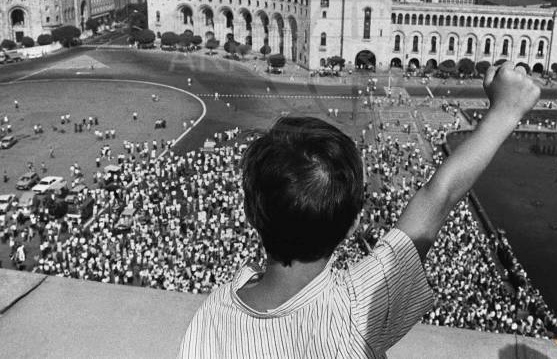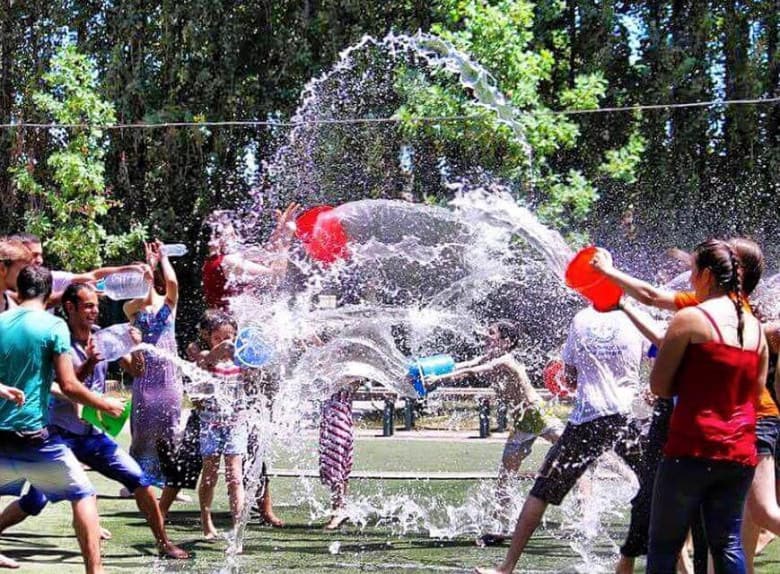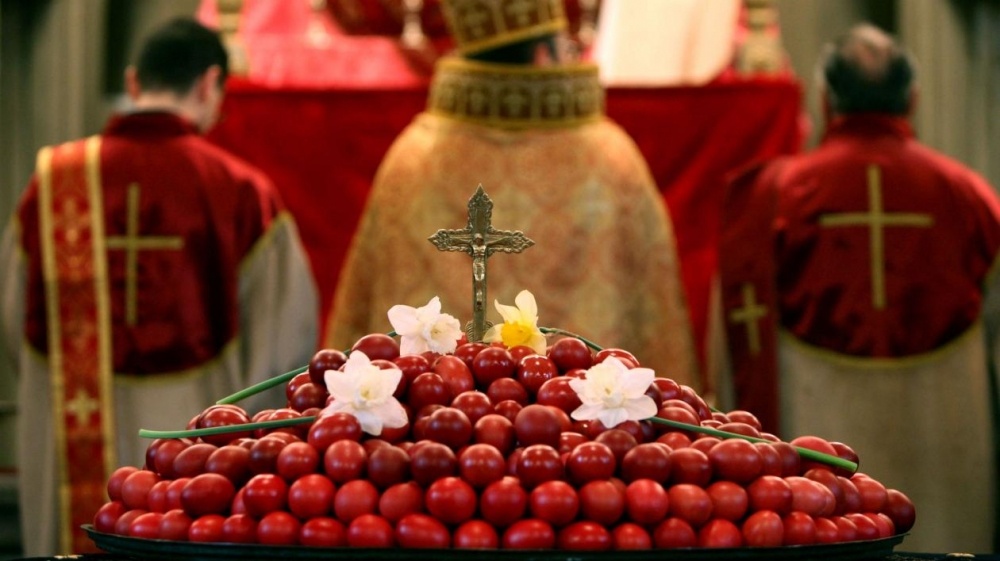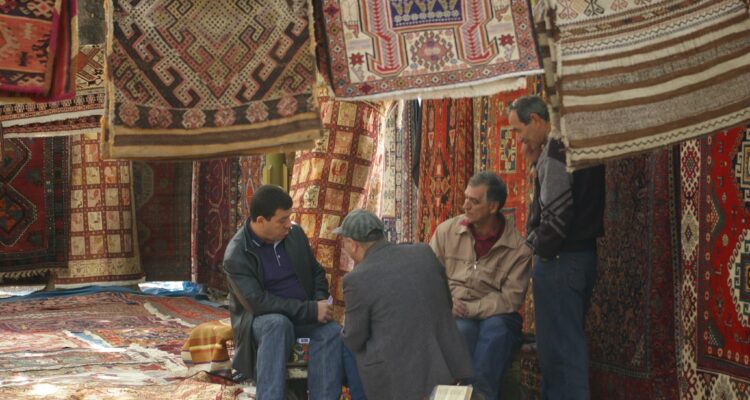 Please Wait
Please Wait Please Wait
Please WaitIn 301 A.C., when Armenia adopted Christianity as the state religion, the old priestly fixed calendar was replaced by the Julian calendar. In 1924, the Armenian Church switched from the Julian calendar to the Gregorian calendar. But despite this, all Christian churches celebrate holidays based on the number of solar months, i.e., most holidays have a specific date, independent of the day of the week that date falls on. The Armenian Church has a unique calendar. In it, most holidays are transitional, i.e., they are celebrated on a particular day of the week, and therefore the date of their celebration varies from year to year. The basis of the calendar cycle of the Armenian Church is Easter. Many holidays are being modernized by keeping cultural traditions, and many do not. Even Armenia is starting to adopt fun non-Armenian holidays such as Halloween, although it is not likable by all Armenians…
We often present and compare our blog’s Armenian and American traditions and holidays. Remember Thanksgiving transition into Armenian style? Now let’s explore some Armenian holidays by their Christian roots and even some pagan ones that are still a part of Armenian culture.
Formally, the Republic gained independence on December 26 of the same year due to the collapse of the Soviet Union. Therefore, September 21 is one of the most important holidays in Armenia, celebrated widely and colorfully. Independence is a victory that will never be taken away from the Armenian people.

It is customary to pour water on this day. The holiday begins in the very early morning. Everyone pours water on each other, whoever can, regardless of age, gender, and social status. It is impossible to be offended or show dissatisfaction because it is believed that water has healing powers on this day. The holiday was accompanied by traditional songs, dances, and games. People gave each other roses, and young men in love let doves into the sky. And still, the origin of Vardavar comes from pagan times but is celebrated after Easter and is a part of Armenian culture.

The Republic of Armenia was proclaimed an independent republic on May 28, 1918. Even though the Republic of Armenia existed for a relatively short time, May 28 remains an actual date for the country’s inhabitants because, on this day, Armenia gained independence for the first time in six centuries.
The idea of resurrection is fundamental to Christianity. Its meaning is in the transition from death to a new life, from earth to heaven. On Easter Day, the early church celebrated the crucifixion of Christ.

The national Armenian holiday Trndez is celebrated annually on February 13 and has the Catholic Valentine’s Day elements since the main characters of this day are lovers. A similar holiday celebrated at the end of January, and the beginning of February is Saint Sarkis, which we call ‘’Armenian Valentine’’.
An essential attribute of the day is a fire, over which couples in love jump. The remaining ashes are collected and scattered over the fields when the fire goes out, bringing a good harvest next autumn. At present, bonfires are not kindled everywhere, but, in any case, young men and women walk through the streets in the evening, holding cups with lit candles in their hands.
Armenia is a land with a rich cultural heritage and centuries-old traditions. Even though these traditions of Armenia date back thousands of years, they have evolved according to the modern era, adapted to today’s time, and are relevant to this day. Armenian culture, like any other, is the cultural heritage of the people: folk dances, literature, food, architecture, customs, and traditions. Each of them is unique and inimitable, has its origins and history of development, and carries a piece of the national mentality.
I-AM.AM was founded with the ultimate goal to support the economic growth of Armenia. By connecting Armenian Owned Businesses globally, creating a centralized hub of everything Armenian and implementing numerous projects that will boost the economy of the outer regions of Armenia, I-AM.AM community is creating a self-sufficient economy throughout the country.
Copyright 2024 © Proudly created by BeDGital.com, All Rights Reserved.

Congratulation!